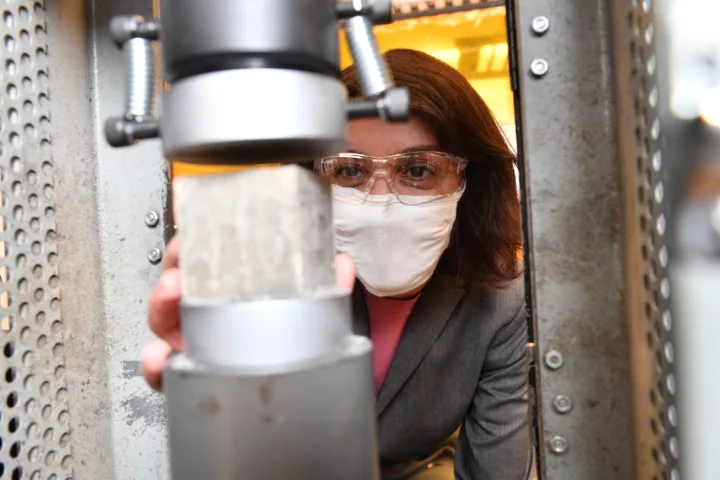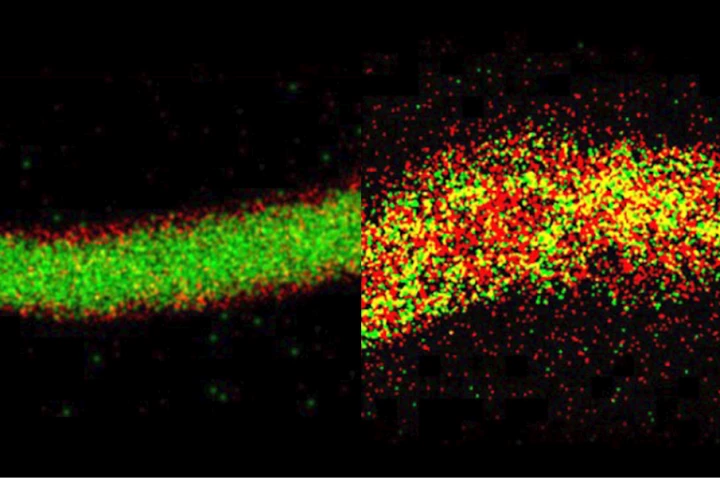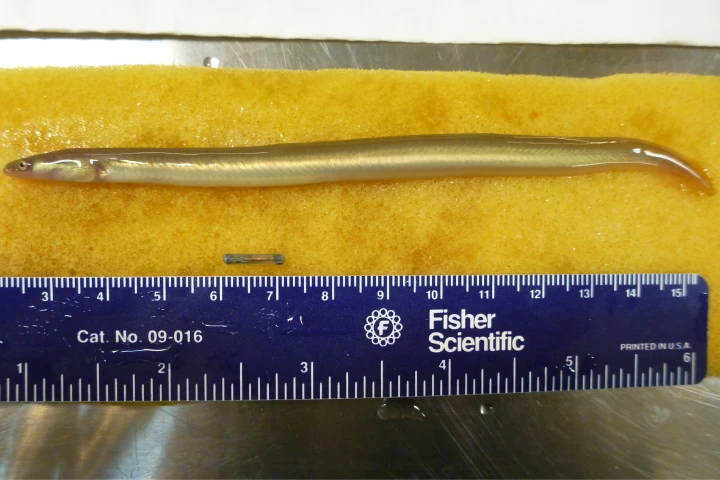Pacific Northwest National Laboratory
-
Nobody likes potholes, nor do they like the environmental damage associated with the petroleum utilized in traditional asphalt bitumen. That's why scientists are now looking at replacing the latter with a binder derived from algae.
-
A human-metabolism-inspired biofuel cell uses glucose and riboflavin to deliver 20 times more energy than similar previous tech. Made from cheap, eco-friendly substances, it offers energy storage for a world craving electrification.
-
By using advanced microscopes and imaging technology to study tiny pockets of liquid trapped in ancient minerals, scientists have gained new insights into how seawaters have changed over time, and how they might do so in the future.
-
The production of cement is a major source of carbon emissions, so the less of it that's used, the better. A new study could help, as it shows that cement can be made much stronger with the addition of material derived from waste shrimp shells.
-
Through first-of-a-kind observations, researchers have gained new insights into the reasons why lithium batteries with silicon anodes quickly fail, and uncovered clues as to how this swift deterioration might be avoided.
-
Although magnesium is known for being lightweight, riveting pieces of it together can be an involved, energy-intensive process. A new technique is claimed to make doing so much simpler, possibly opening up new uses for the metal.
-
A research group in the US has taken a significant step forward with a design for a long-lasting lithium metal battery with high capacity, which remained functional for a record-breaking number of charging cycles.
-
If you're going to check how fish are affected by hydroelectric dams, it's particularly important to monitor tiny, delicate individuals. That's why US scientists have developed what is claimed to be the world's smallest fish-tracking tag.
-
Hydroelectric turbines may indeed be a non-polluting source of electricity, but their spinning blades can nonetheless kill larger fish that are passing through. A new type is designed not to do so, while maintaining a compact form factor.
-
Fertilizers typically contain phosphorous, as it's essential to growing plants. Unfortunately, though, it can become "locked" in the soil, and thus not available to crops. That said, it turns out that the addition of a microbe could unlock it.
-
A new study has determined that Earth’s forests are transforming in response to a combination of human actions and natural processes such as wildfires, causing them to lose their oldest trees and grow shorter.
-
It was back in 2011 that we first heard how Virgin Atlantic Airways was planning to use an eco-friendly aviation fuel made from captured steel mill waste gases. A successful test flight followed in 2016, and the fuel has now been utilized in a commercial flight for the first time.
Load More











